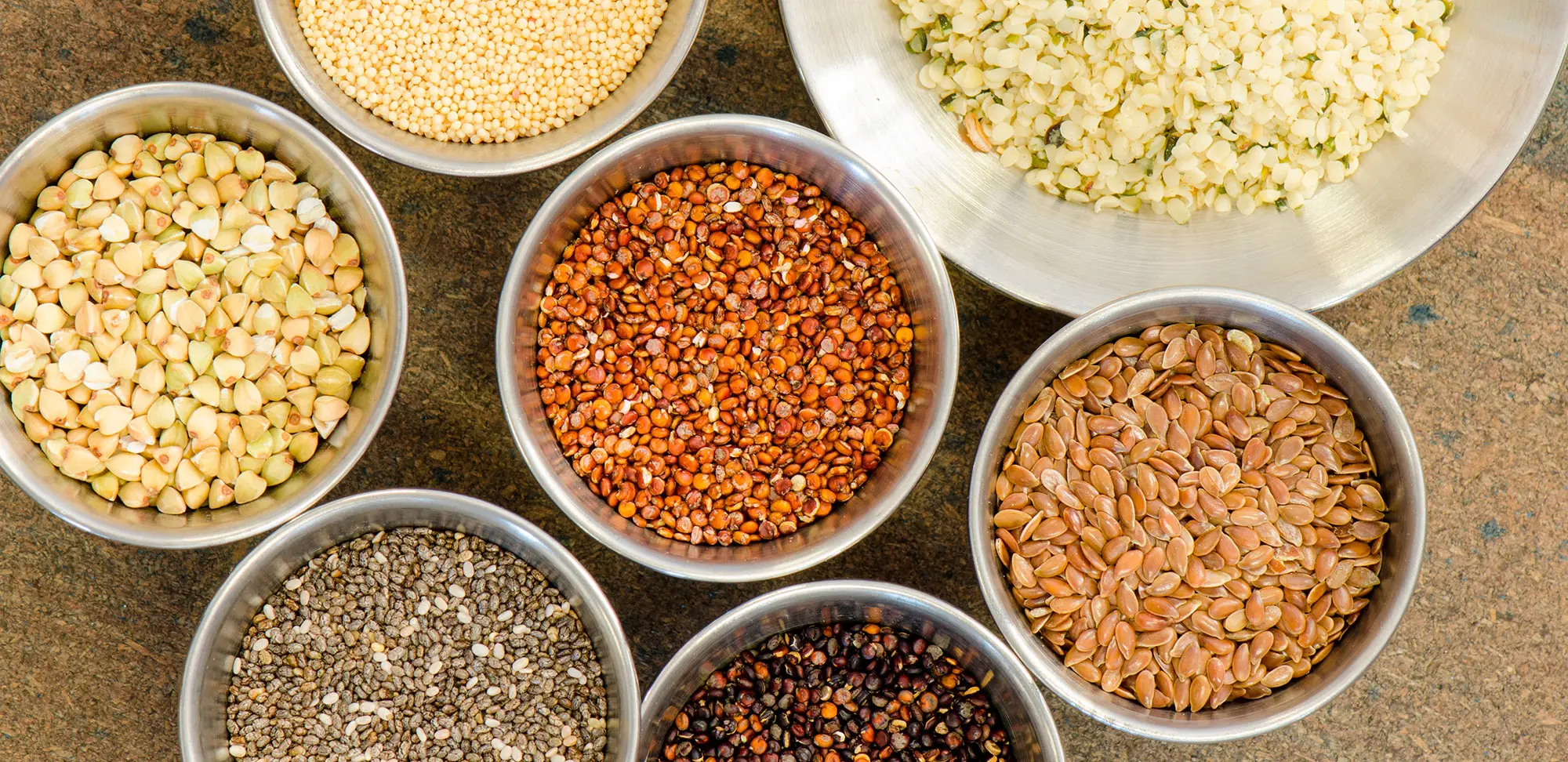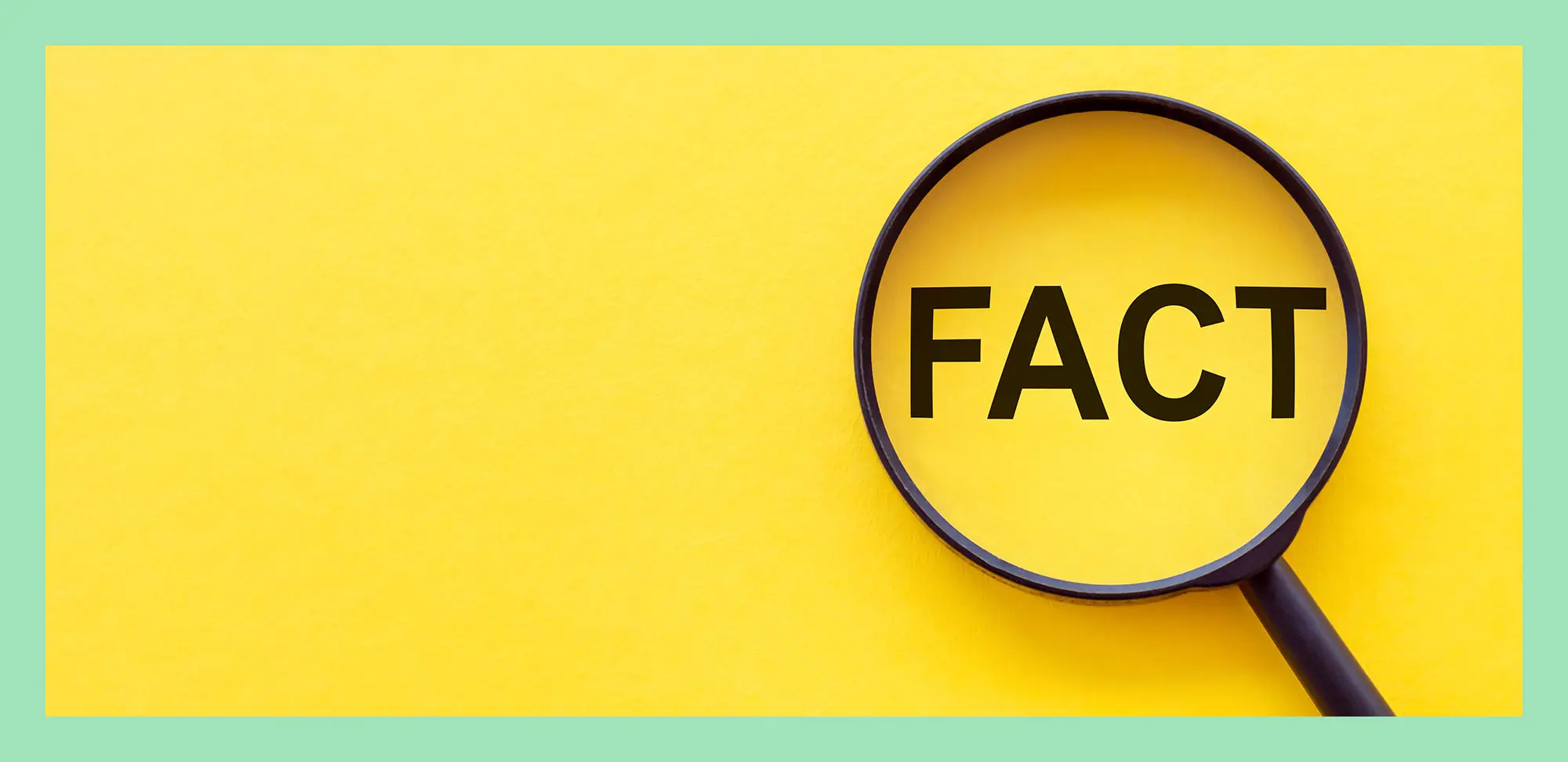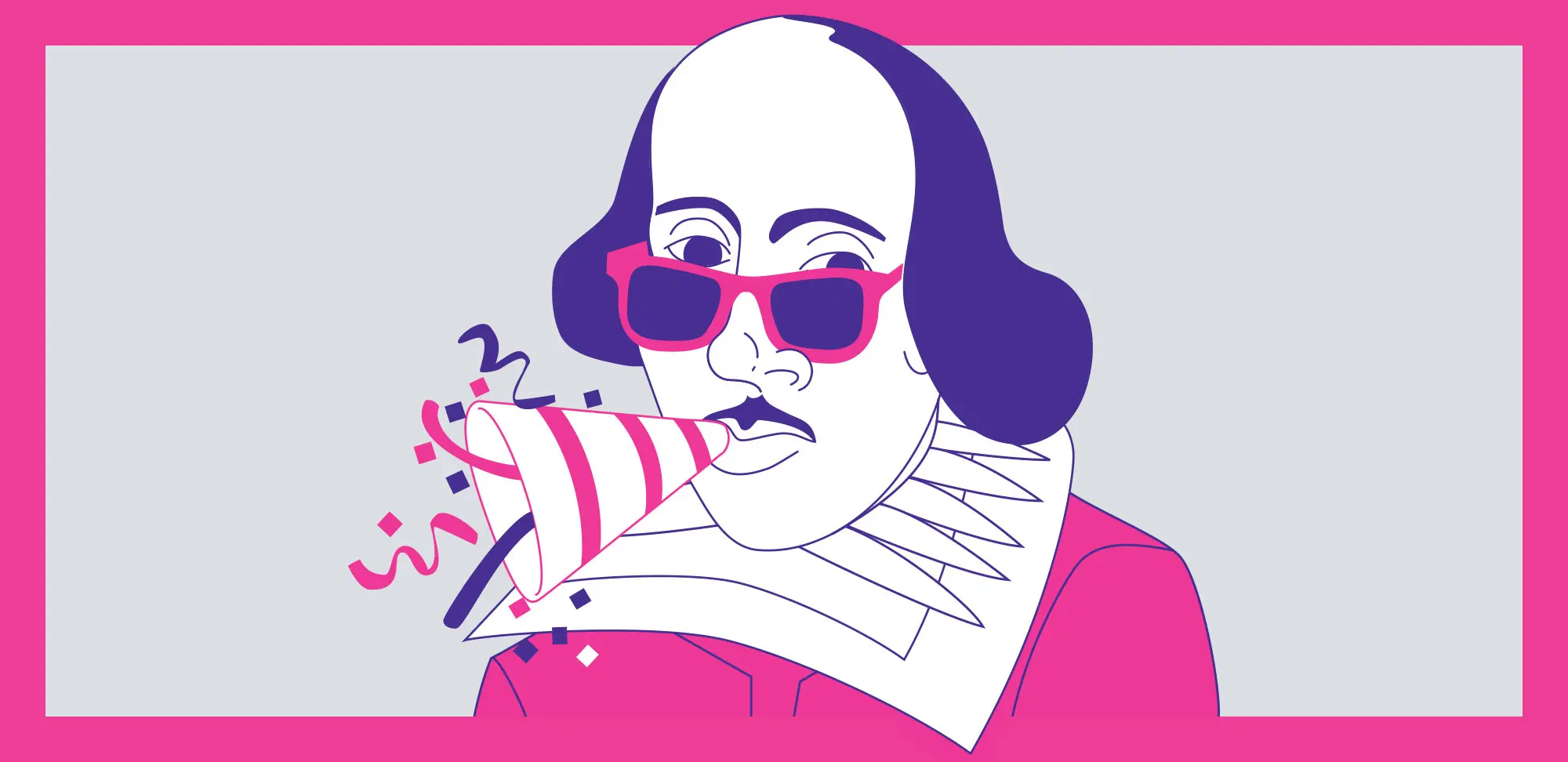These days, we all seem to classify foods as “good” or “bad,” and sugar usually lands near the top of the bad list.
Sugar occurs naturally in fruits, vegetables and some dairy, and these foods should absolutely be part of your healthy diet. It’s the simple sugars that are added to candy, cakes, soft drinks and more that, when eaten in excess, can be problematic.
There are all sorts of sugars, including white sugar, brown sugar, maple syrup, honey, coconut sugar. Is one healthier than the rest? Should you choose maple syrup, for example, instead of white sugar? Surprisingly, no. You might prefer the taste of different sweeteners and some may have small amounts of vitamins and minerals, but nutritionally speaking they’re very similar and you don’t eat enough of any of them to increase your nutritional profile.
In an effort to reduce sugar consumption, many people turn to artificial or natural sweeteners because they are sweet-intense and calorie-free. In Canada, sugar substitutes are regulated and approved only after a safety assessment by Health Canada.
Artificial sweeteners, including aspartame and sucralose, provide calorie-free sweetness in diet drinks, processed baked goods, some sauces and more. Natural alternatives are sweeteners that come from natural sources like plants or fruits, including stevia or monk-fruit extract. From a health perspective, natural is the better of the two choices, but both artificial and natural sweetners should be used moderately.
Stevia is a plant-based, natural sweetener from the leaves of a shrub, Stevia rebaudiana, native to South America. The compounds from the leaves don’t contain calories, are 200 to 400 times sweeter than sugar and can replace sugar or other artificial sweeteners. The taste is slightly different than that of plain sugar, and some people find that stevia has an aftertaste. Still, it can be helpful for anyone trying to lose weight or manage blood sugar.
Monk-fruit extract, also zero calories, is derived from a small round fruit grown in Southeast Asia. Many of my clients say they enjoy its natural sweetness and report that it’s not as sweet as stevia and generally doesn’t have a bitter aftertaste. But whether one is better than the other ultimately comes down to personal preference.
Whichever choice you make, be mindful of how much stevia or monk fruit you consume.
My take?
You can reprogram your taste buds by gradually reducing the sweetener you add to your coffee, hot cereal or tea.
If you crave soft drinks, try naturally carbonated waters or add a squeeze of lemon or lime juice. Use fresh or frozen fruit to sweeten meals. Add berries to a smoothie and consider yogurt with fresh fruit or fruit platters for desserts.
Check food labels to see what kind of sweetener is in foods you regularly consume, including chewing gum, spreads and desserts.
Eating too much sugar, just like eating too much of anything, is not good for you. As always, moderation is the key. Food should be a pleasurable experience in your life. Occasionally using artificial sweeteners is not harmful, but if they are a big part of your everyday diet, it’s wise to start cutting back.











